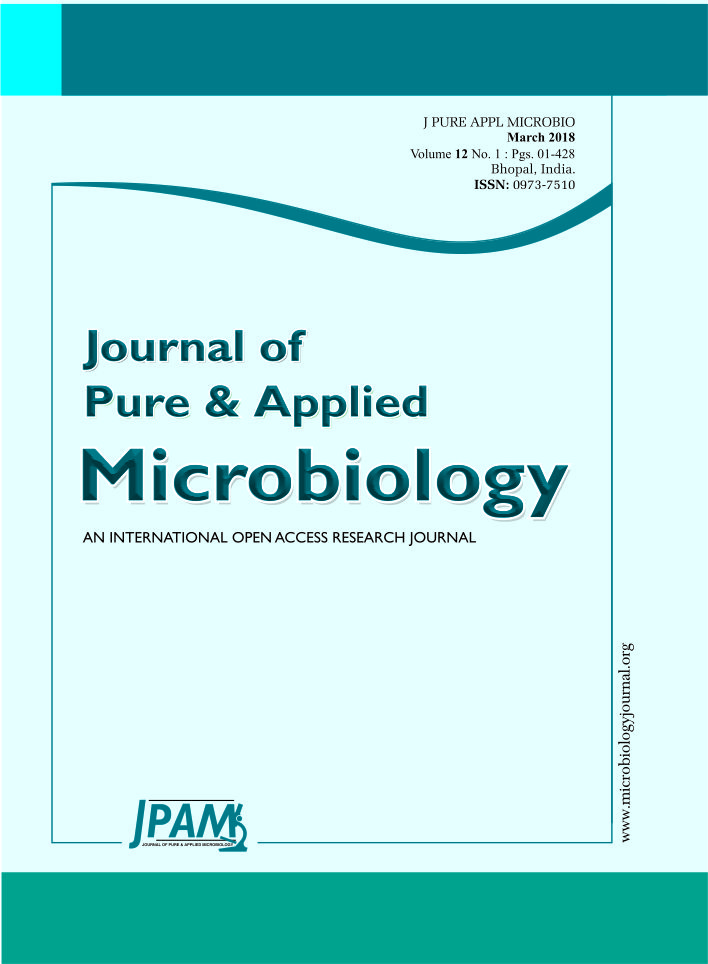The domestic kitchen represents one of the most significant areas associated with the prevalence of foodborne disease. Literature related to exploring and discussing bacterial contamination and sanitation practices in shared kitchens is scarce. The aim of this study is to carry out genetic identification of 2 of the predominant bacterial isolates previously obtained from a shared student kitchen. Partial 16S rDNA gene sequencing was used to further identify two selected isolates. Gene sequencing revealed the 2 selected isolates to be closely related to Enterobacter cloacae (99% sequence similarity) and Pseudomonas sp. (100% sequence similarity); this is in agreement with the previous presumptive identifications.
Food borne diseases, domestic kitchens, shared student kitchen, Partial 16S rDNA gene sequencing, Enterobacter cloacae, and Pseudomonas sp.
© The Author(s) 2018. Open Access. This article is distributed under the terms of the Creative Commons Attribution 4.0 International License which permits unrestricted use, sharing, distribution, and reproduction in any medium, provided you give appropriate credit to the original author(s) and the source, provide a link to the Creative Commons license, and indicate if changes were made.


